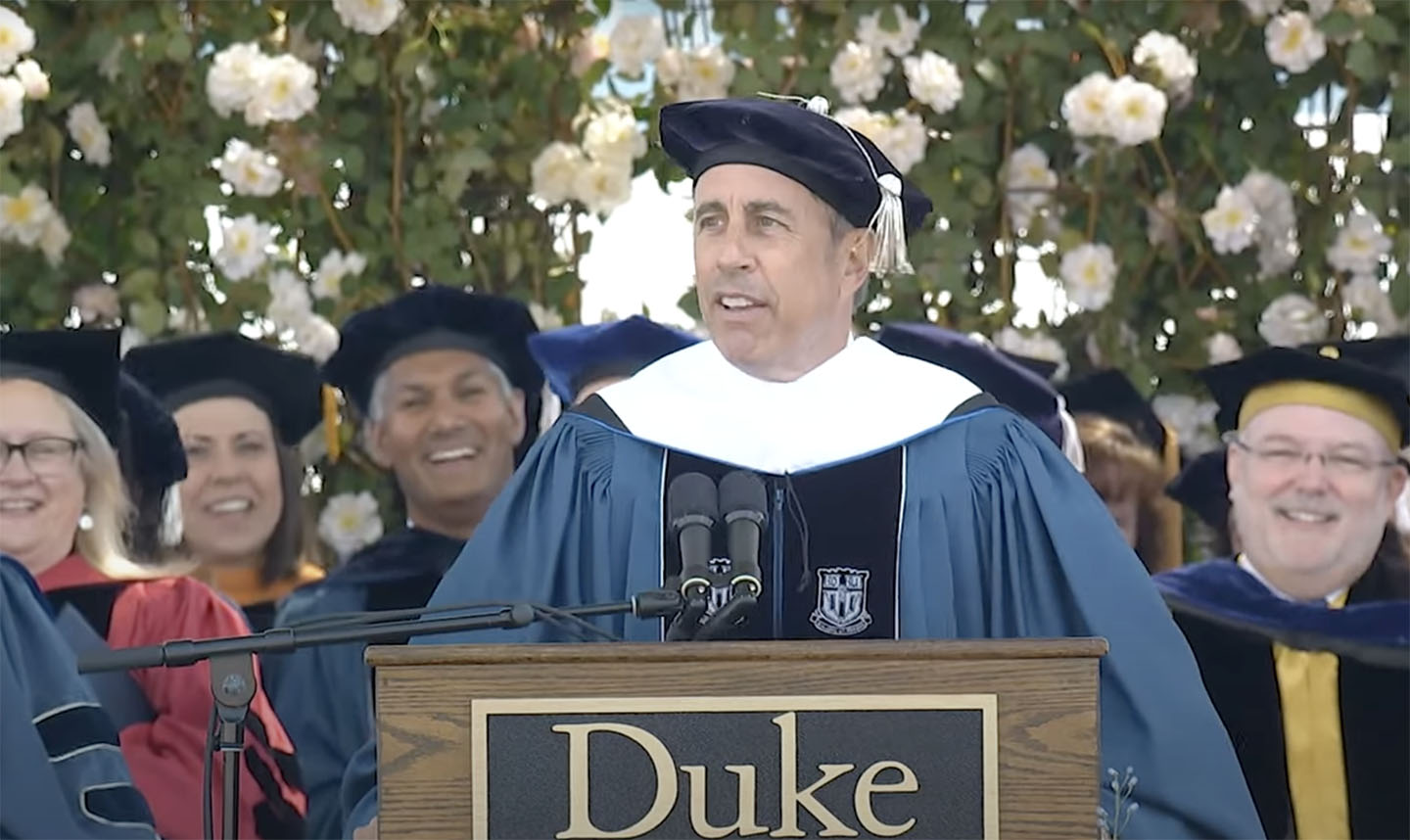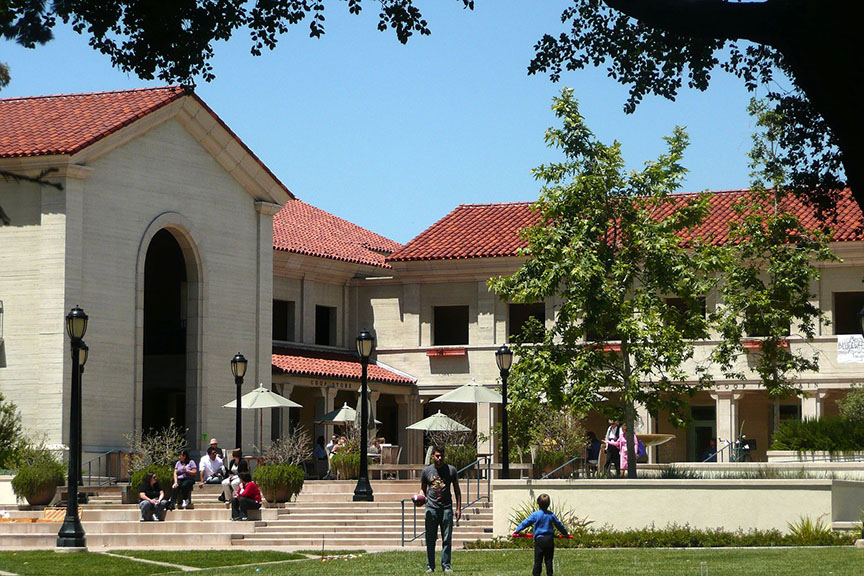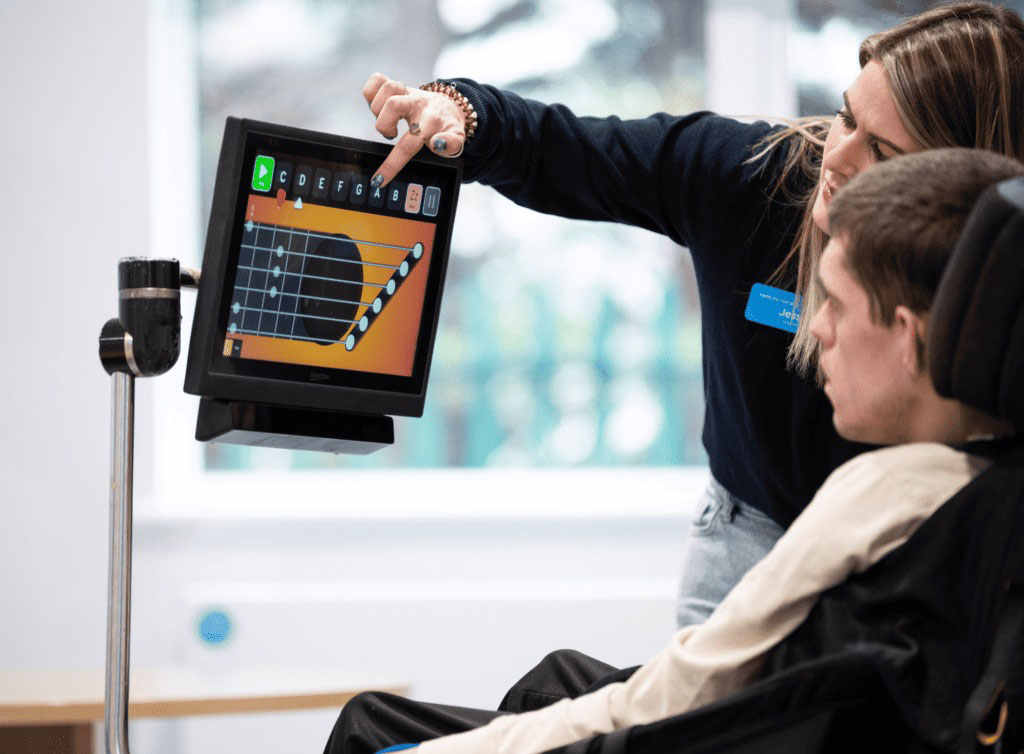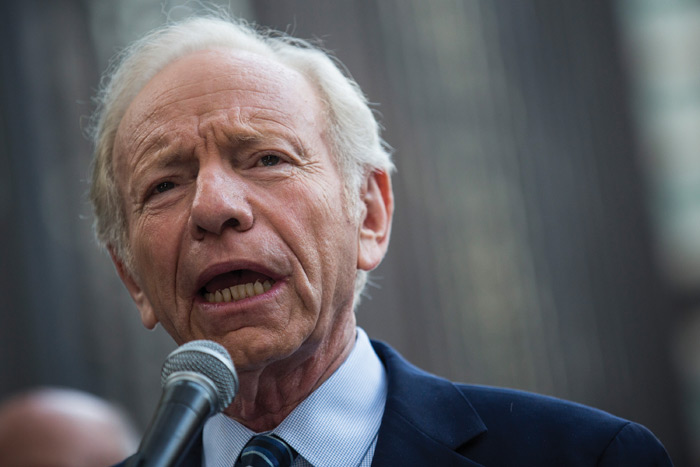I’m no different than most Jews — I enjoy a good Kiddush.
That’s the spread after the synagogue Shabbat service — the bagels and cream cheese, those pale yellow seashell-shaped cookies dipped in chocolate, the ones with sprinkles (memories of childhood), and, of course, the elderly men around the schnapps bottle.
I’ve been to dozens of synagogues, just in Los Angeles alone, and two things about the Kiddush always strike me: the food is generous and free to all who come, and yet someone, somehow, always finds something to complain about.
Last month’s hummus was creamier. The strawberries ran out too soon. The bagels are cold. What, only decaf?
A few weeks ago I was at a shul on the Westside when, to make conversation, I asked a woman near the buffet what’s good. She held up a tortilla chip and made a face like someone had just hit her car.
“Not these tortilla chips,” she hissed. “They’re … below par.”
I know: The people who are appreciative and helpful in any congregation by far outnumber the whiners. But I’m trying to make a point here. And the point is this: free, isn’t.
I thought of all this when Mark Pearlman, a founder of FOX News and the creator of JInsider.com, sent me his take on Chris Anderson’s best-selling new book, “Free: The Future of a Radical Price” (Hyperion). Anderson, the editor of Wired and the author of the 2006 best-seller “The Long Tail,” argues that the digital age pushes the price of all things “made of ideas” inexorably down, toward free. Music, video entertainment and, of course, newspapers have started to learn, painfully, that people are getting more and more used to getting stuff for nothing, and that, as a result, all who deliver information must rethink their way of doing business.
Pearlman wondered how this applied to the way the Jewish community does business, because like the larger culture around it, Jewish culture has been flirting with free.
Thousands of Jewish youth have gone to Israel for free on Birthright trips. Thousands of college students worship and participate at Hillels for free. Aish HaTorah has free classes; many congregations offer free services; and most people get the paper you’re reading, The Jewish Journal, for free.
“As ‘free’ becomes the standard price of goods and services in the Digital Age, it’s unclear how companies and nonprofit organizations will be able to give something and get nothing as a long-term business model,” Pearlman wrote. How, he asked, will free pricing affect the Jewish community’s sustainability?
That brings me back to those below-par tortilla chips. They cost $4.89 per bag.
In other words, there is no such thing as free. Free just means someone else is paying for it. Charles Bronfman can tell you exactly how much those free Birthright trips cost. Any shul that offers free services can tell you how much the clergy health care package comes to. Someone has to pay; the question is who, and how.
Pearlman wrote that Jewish groups use four basic strategies to pay for free. They rely on donors and give stuff away to improve their reputation or some other intangible asset, like Birthright does for Israel. Or, like The Jewish Journal, they support free with advertisements. Or like Aish, they offer free classes as a way to boost participation in pricier classes, or, like the Kabbalah Centre, as a way to promote more classes and sell very pricey red string.
Pearlman neglects another option, which is actually older: the Chabad model. For the Lubavitch movement, free is a mitzvah that wealthier donors happily pay for.
Chabad is sustainable, but is an outlier. It draws on a network of devoted volunteers or low-paid employees motivated by loyalty to the Rebbe and to God.
Other Jewish groups and programs trying to emulate the free model need to come up with a lot more cash to make it work.
But beyond the small matter of who pays, does free work?
Yes and no. On the one hand, free Jewish options like Birthright, Chabad, free High Holy Day services — and, yes, The Jewish Journal — have drawn thousands of people to Jewish life who might not otherwise have been interested or financially able to participate. On the other hand, free has created a generation of Jews that doesn’t expect to pay for anything Jewish. Maybe that means that once they’re turned on, they’ll find low-cost or free ways to express their Jewishness, or maybe it means they just won’t bother at all, since no one else will pick up the tab.
What I hope is that the generation that has most benefited from free programs and services will take up the mantle of leadership and figure out creative ways to help pay for everything from the rabbis to the Kiddush. If they do so, then they have learned one of the most important lessons passed down by generations of Jews: There is no such thing as a free lunch.
Or at least no free chips.























 More news and opinions than at a Shabbat dinner, right in your inbox.
More news and opinions than at a Shabbat dinner, right in your inbox.